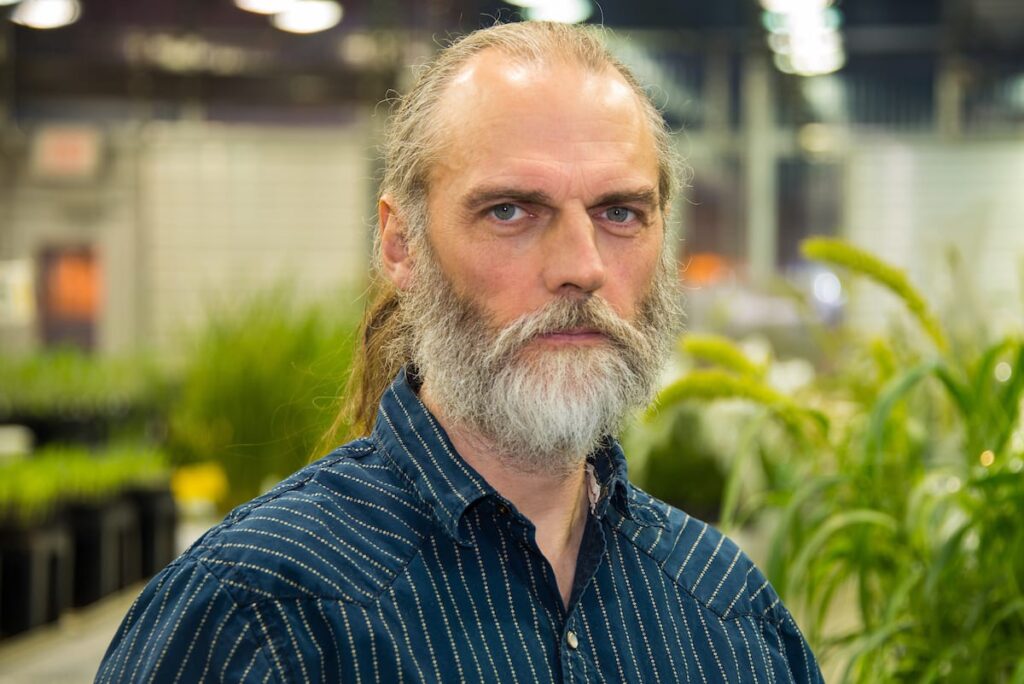
IGI Seminar Series: Progress and Challenges in Delivering Cassava with RNAi-mediated Resistance to Cassava Brown Streak Disease to Smallholder Farmers in Africa – It’s Not Just About the Technology
Event Details
Add to Calendar
Location
IGIB room 115 and via Zoom
Subscribe to our calendar to stay up to date on all our events.
Summary
Food and economic security for smallholder cassava farmers in East and Central Africa is threatened by cassava brown streak disease (CBSD). CBSD is caused by two Ipomovirus species, transmitted by the African cassava whitefly Bemisia tabaci and by farmers who plant infected stem cuttings. RNAi technology has been successfully applied to develop cassava with high-level resistance to CBSD. Best performing RNAi events underwent breeding programs, with the resulting progeny lines displaying resistance to CBSD and to cassava mosaic disease (CMD). Durability of the RNAi-mediated resistance to CBSD and to CMD has been shown across six years continuous cultivation and more than 30 multilocational field trials in Kenya, Uganda and Rwanda. A regulatory application was submitted to, and approved, by the Kenyan National Regulatory Authority with lead lines having completed National Performance Trials and farmer participatory trails in that country. Parallel work has been initiated to develop the seed systems required to multiply and distribute CBSD-resistant RNAi cassava to smallholder farmers in Kenya and Rwanda. As scientists in the public sector we tend to focus on the science and technology. The presentation will also illustrate the other steps, processes and hurdles encountered in developing and delivering a modified orphan crop, such as cassava, to smallholder farmers in Africa.
Speaker

When Nigel Taylor was finishing up his PhD in Plant Biotechnology at the University of Bath, he became aware of a multi-institutional project on cassava. “Cassava is an incredibly important crop for people in the developing world, but like many people in the industrialized North, I wasn’t that familiar with it.” Cassava was considered recalcitrant—it was difficult to work with and improve. Even though it was a major staple crop, it was only barely domesticated. And because it was so difficult, it was largely ignored, a so-called orphan crop. “Only a handful of labs were working on it, and then I made a breakthrough with cassava tissue culture transformation. Suddenly, we could work on it more easily, and I received a Rockefeller grant to go to Scripps [Research Institute] where I met Roger Beachy.” When Beachy came to St. Louis to be the first president of the Danforth Center, Nigel came with him. Today, the Taylor laboratory is part of VIRCA Plus, a multi-institutional project working to improve resistance to viruses that cause cassava brown streak disease (CBSD) and to increase levels of iron and zinc in the storage roots, the edible part of the plant. VIRCA Plus collaborates with research scientists, regulatory experts and communication specialists with the National Agricultural Research Systems (NARS) in Kenya, Uganda, Nigeria and Rwanda.